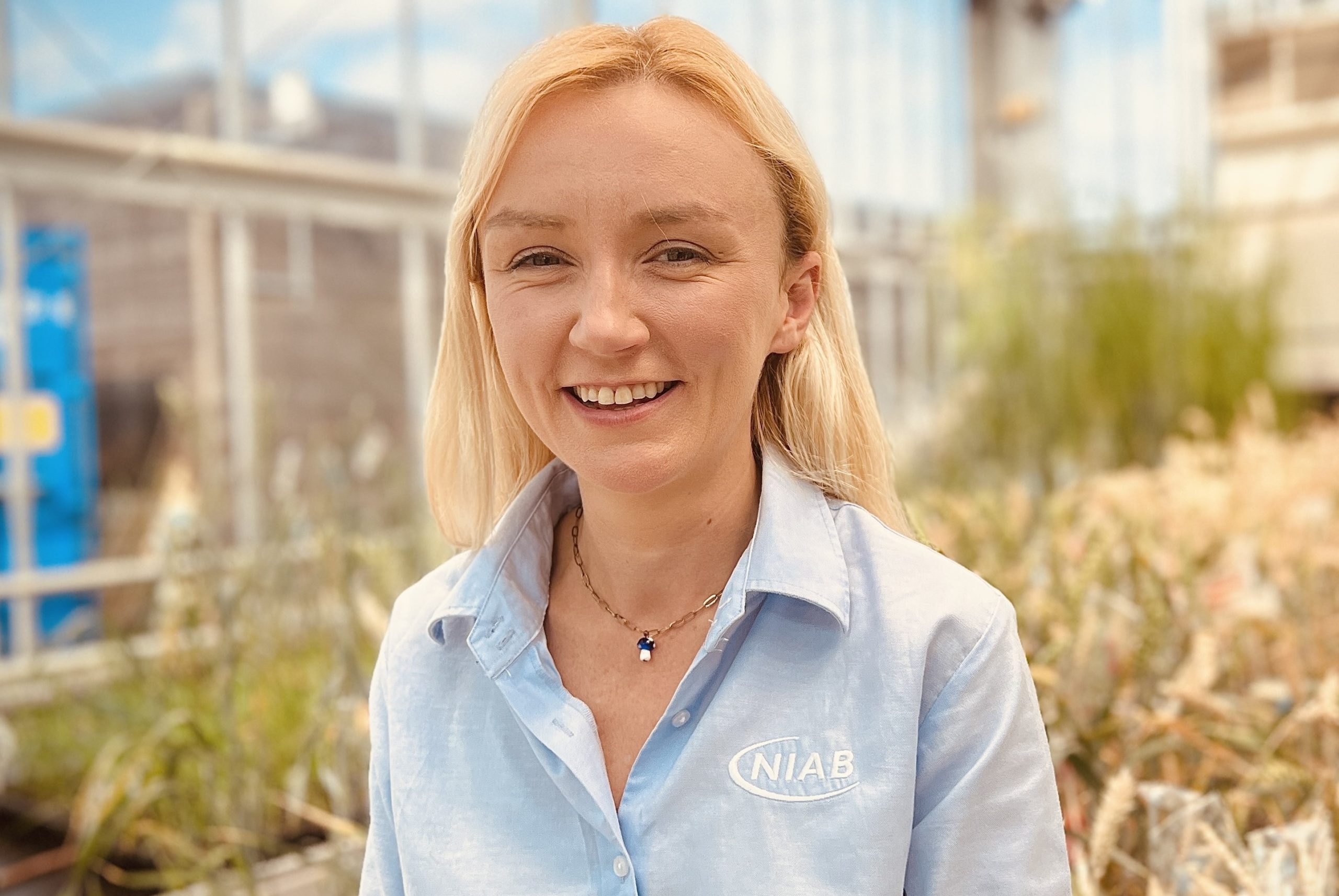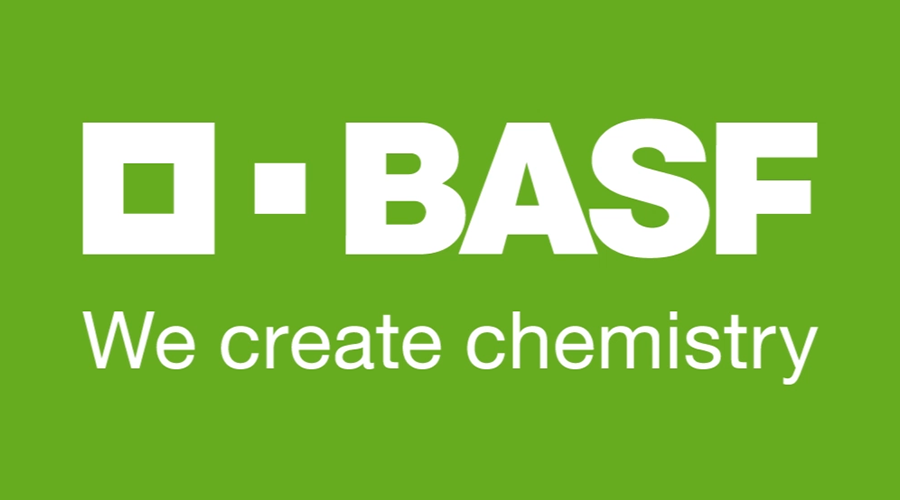Variability is going to be the cause of much head scratching for growers and agronomists this year. Winter wheat crops are showing variability between fields, crops, and within stands and this coupled with differences in leaf layer emergence, which NIAB have recently quantified, will make accurately identifying spray timings extremely difficult.
Whilst a compromise is often needed when it comes to spray timings, with applications ideally aimed at when two thirds of the target leaves are fully emerged, the additional variation this spring will further compound the challenge. The most effective fungicide programme will have to cover all the bases and include products that offer both protectant and curative control.
Speaking at a recent BASF press briefing, Dr Aoife O’Driscoll, Plant Pathologist, NIAB said, “In 2024, disease levels and growth stages will be very variable depending on when the crop was sown, the variety and site conditions.
For T1 decision making, the key factor is when will leaf 3 emerge and that is going to be really hard to predict this year. Crops are shorter than usual, so height of the internodes is unlikely to be a good indicator of what leaf layer is emerging, so growers really should do apical dissections for accurate timings and have a laser focus on getting those sprays right.”
NIAB leaf layer emergence trials
In addition to this year’s distinct challenges, recent NIAB trials have shown there is a large variation in how uniformly leaves of the same variety emerge across a field.
Dr O’Driscoll said, “In these trials, some varieties had a protracted leaf layer emergence, taking 10 days for all the flag leaves to emerge, whilst others emerged over 3-4 days. “It has been our experience for both the flag leaf and leaf 2, that more ‘resistant’ varieties tended to take a shorter period of time for their leaves to emerge, whereas varieties like RGT Saki or KWS Barrel had leaves that emerged over a longer time period.”
Jared Bonner, BASF Business Development Manager said, “This has implications for the spray programme as leaf layer emergence not only determines spray timings but also dictates the length of time that leaves are exposed to infection. Because leaf layer emergence is happening at different times within a variety, potentially the targeted leaf could be missed, or the leaf could be left exposed and unprotected before the trigger timing is reached.
This year, getting the spray timing right will be exceedingly difficult, if not impossible, so growers will need a fungicide programme which will be both curative and protectant which makes Revystar XE (Revysol + Xemium) an excellent choice.”
ADAS Septoria trials
In a recent ADAS glasshouse trial, leaves were inoculated with Septoria the day after fungicides were applied. Revystar® XE delayed the appearance of visible symptoms of Septoria on the inoculated leaf by 6 days more than Univoq (Inatreq + prothioconazole). In effect, this means Revystar® XE gave an additional 6 days of visually disease-free leaf.
Mr Bonner said, “If there is a delay in seeing the disease on the leaf, it suggests we are delaying the rate that the Septoria epidemic can move up to the next leaf layer on the plant. In effect, this result from ADAS is saying that the Revystar® XE application has the potential to delay the Septoria epidemic moving onto the next leaf.
Following on from this work, field trials confirmed that Revysol changes the way in which Septoria infects the wheat canopy and reduces the level of Septoria infection on the following leaf which has still to emerge, bringing benefits to the crop and the grower.”
Septoria population is still very sensitive to Revysol®
The AHDB annually fund fungicide resistance testing, where Septoria isolates are collected from across the UK to monitor if and how the population is shifting in terms of its sensitivity to a range of current different types of chemistries.
Dr O’Driscoll said, “Our UK Septoria population is still very sensitive to Revysol and has remained very stable over the last 4 years. There have been slight shifts in the sensitivity to prothioconazole.
Mr Bonner concluded, “Revysol continues to give resilient control and is an important active ingredient for resistance management when building winter wheat programmes.”

